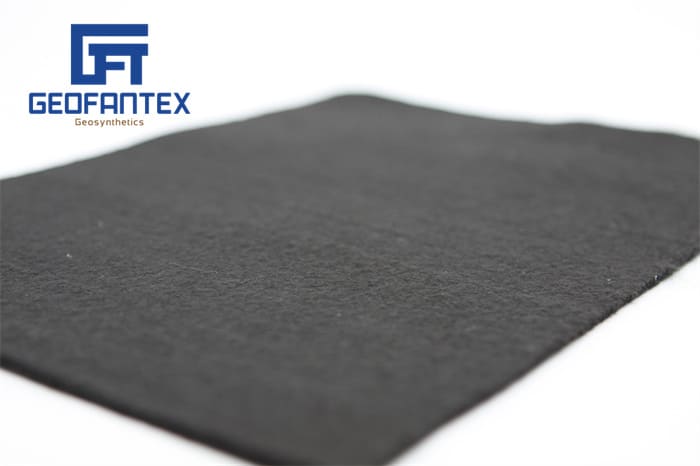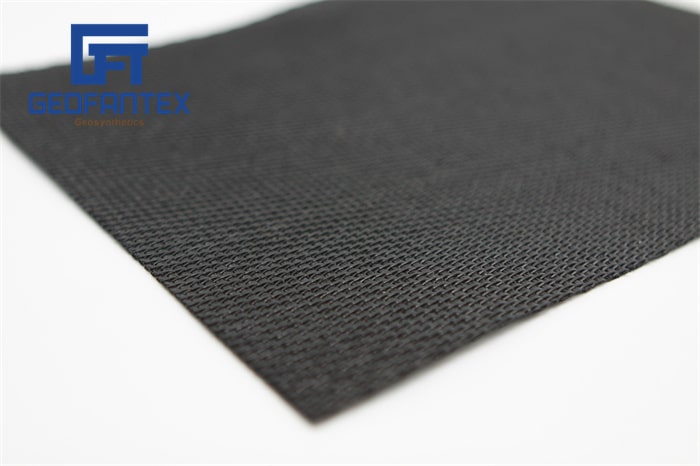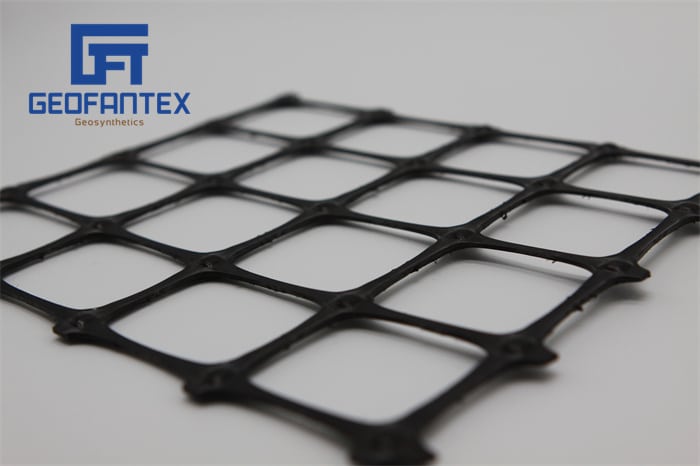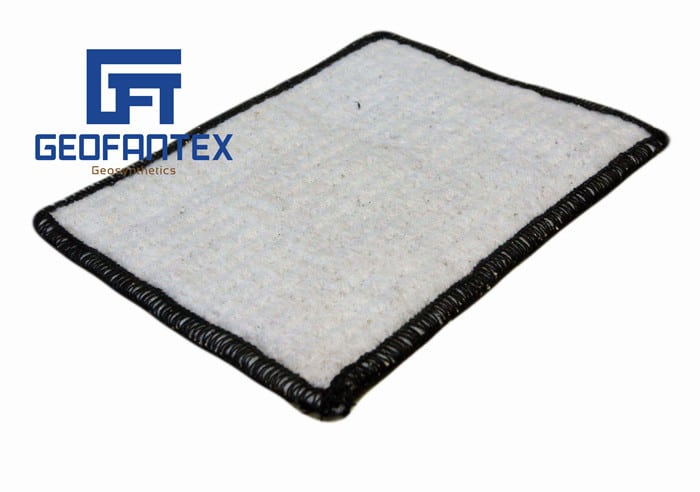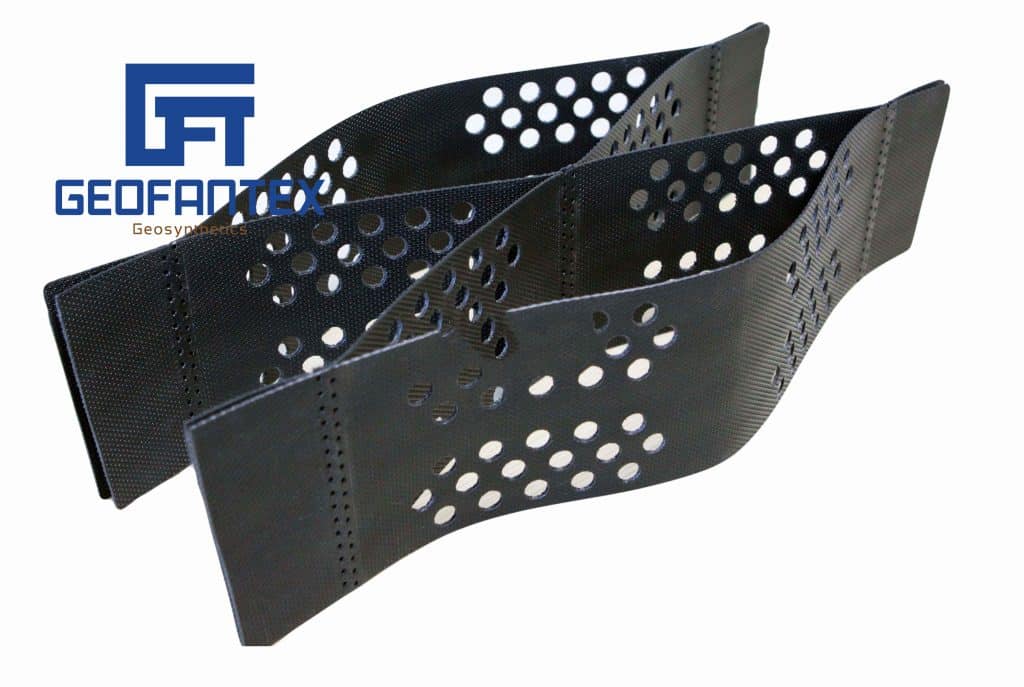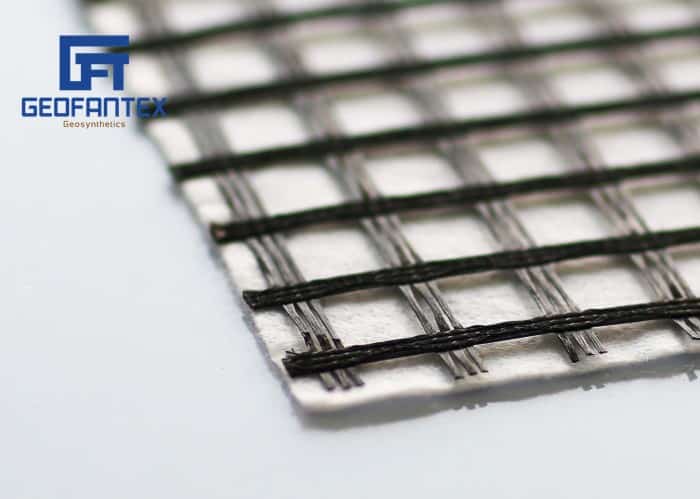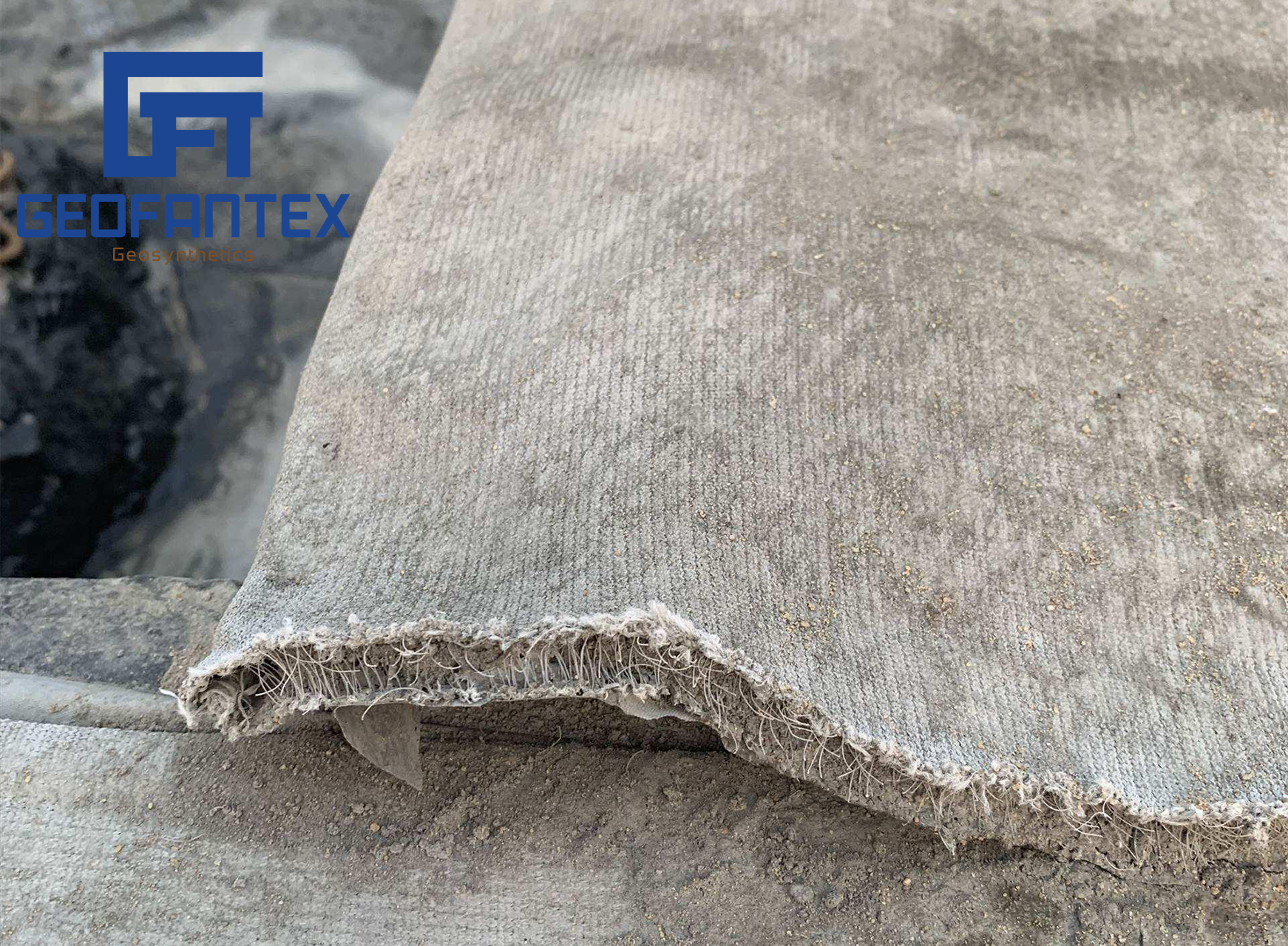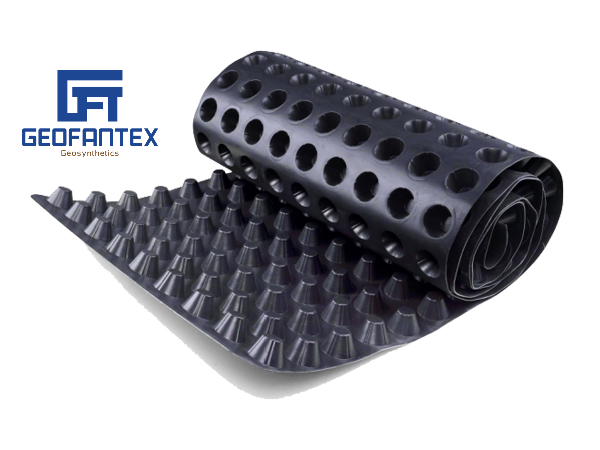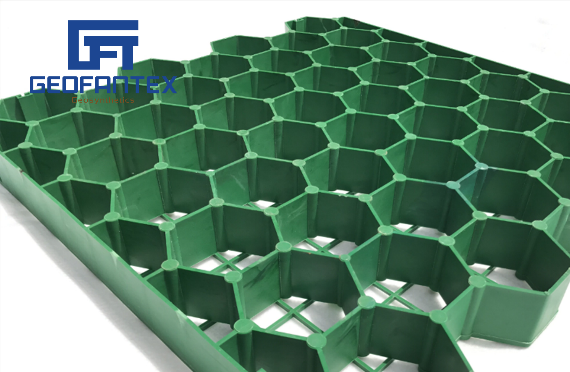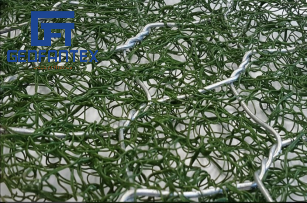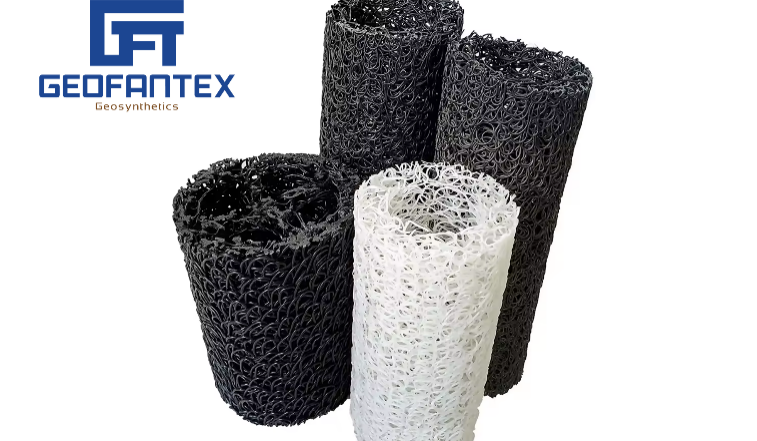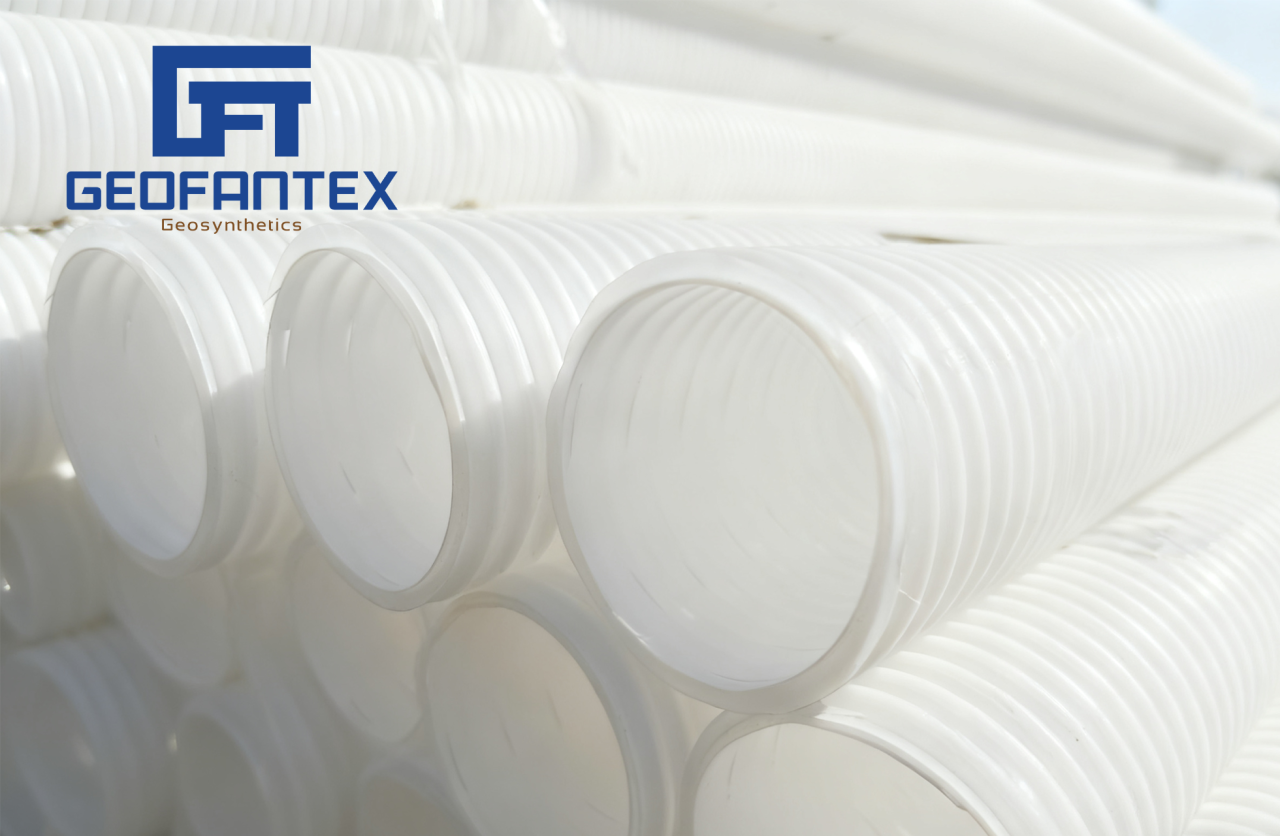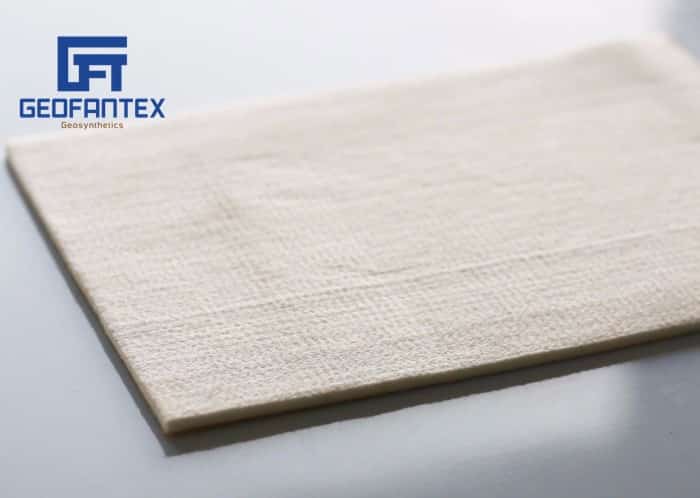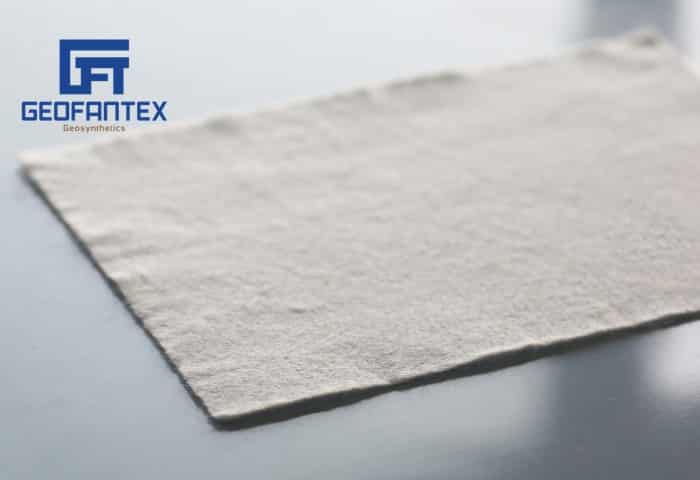+86-159 9860 6917
info@geofantex.com
geofantex@gmail.com
+86-400-8266163-44899
Geosynthetics play a crucial role in civil engineering and environmental projects, and two common types are geonets and geogrids. In this article, we’ll delve into the definitions, applications, and differences between these materials to help you better understand their respective roles in construction and soil stabilization.
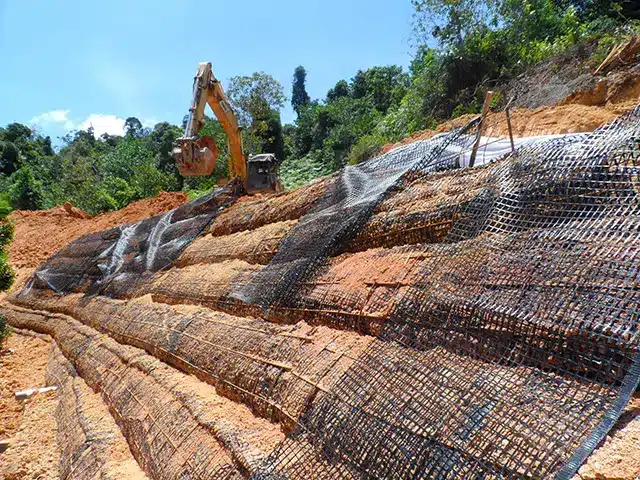
What is a Geonet?
Geonets and geogrids are essential geosynthetics used in civil engineering and environmental projects, each serving distinct purposes:
- Geonets: Comprised of a three-dimensional polymeric network, geonets primarily facilitate drainage and filtration, allowing water or gases to flow efficiently. They are commonly installed in landfill liners, retaining wall drainage systems, and other applications where reducing water accumulation and hydrostatic pressure is critical. Made from durable polymers like HDPE, geonets resist chemical, biological, and physical degradation.
- Geogrids: Typically made from high-strength polymers such as polypropylene, polyester, or HDPE, geogrids feature a two-dimensional open grid designed for soil reinforcement and stabilization. They distribute loads over a wider area, improve soil strength, support retaining walls and slopes, reinforce pavements, and prevent erosion. Geogrids are also used in roadways, foundations, embankments, and environmental projects like landfill stabilization.
- Key differences: Geonets focus on drainage and filtration, whereas geogrids focus on load distribution and soil reinforcement. Structurally, geonets are 3D networks for fluid flow, while geogrids are 2D meshes for mechanical support. Applications differ accordingly: geonets in drainage layers and permeable systems; geogrids in road base reinforcement, slope stabilization, and erosion control.
- Impact in projects: Geonets reduce water pressure on foundations and facilitate safe leachate management in landfills, while geogrids strengthen soil structures, reduce settlement, and improve load-bearing capacity in construction and environmental applications.
Understanding the differences between geonets and geogrids is crucial for selecting the right material for specific civil engineering and environmental needs, ensuring durability, stability, and efficient performance in various projects.
What is a Geogrid?
A “geogrid” is a geosynthetic material used primarily in civil engineering, construction, and environmental applications to reinforce soil and similar materials. Geogrids are typically made from polymers such as polypropylene, polyester, or high-density polyethylene. They are characterized by their open, grid-like appearance, which allows them to interlock with the materials they are reinforcing.
Here are some key aspects and uses of geogrids:
- Soil Reinforcement: Geogrids are commonly used to reinforce soil in road and railway construction. They help distribute loads over a wider area and improve the strength and stability of the soil, which is particularly useful in areas with weak or unstable ground.
- Retaining Walls and Slopes: In the construction of retaining walls and sloped earth structures, geogrids can be used to provide additional stability. They help to hold back soil and prevent erosion or collapse.
- Foundation Support: In foundations for buildings and other structures, geogrids can be used to improve the load-bearing capacity of the soil, reducing the risk of settlement or shifting.
- Pavements and Asphalt Reinforcement: Geogrids can be used beneath pavements and in asphalt layers to reduce rutting and extend the life of the pavement by improving load distribution and reducing stress.
- Erosion Control: They are also used in erosion control applications, such as in the construction of embankments, to stabilize soil and prevent erosion by water or wind.
- Landfills and Environmental Use: In environmental engineering, particularly in the construction of landfills, geogrids can be used to reinforce and stabilize different layers, including the protective lining systems.
The design and selection of a geogrid for a particular application depend on various factors, including the type of soil, the load to be supported, the environmental conditions, and the specific requirements of the project. The use of geogrids in construction and environmental projects often results in more efficient use of materials, improved performance, and extended lifespan of the engineered structures.
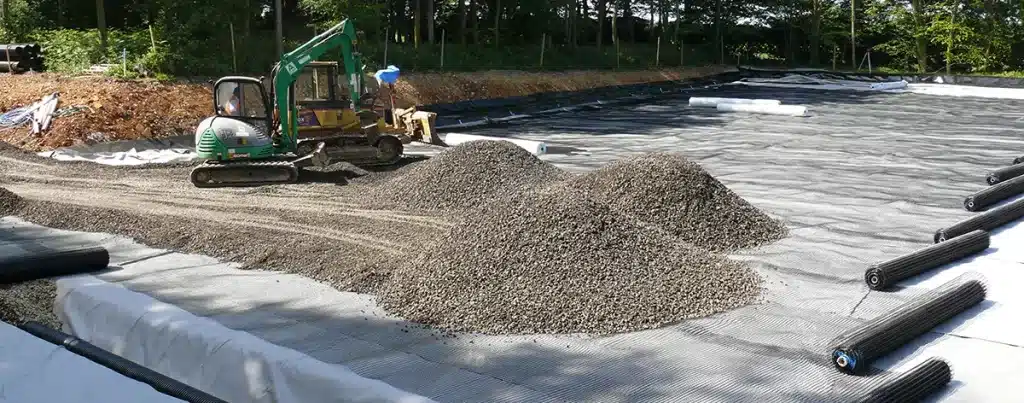
What is the Difference Between Geonet and Geogrid?
- Purpose: Geonets are primarily used for drainage and filtration, while geogrids serve the purpose of soil reinforcement and stabilization. Geonets allow water to flow through them efficiently, whereas geogrids are built to distribute loads across a wider area, reducing soil settlement.
- Structure: Geonets have a three-dimensional, net-like structure, designed to facilitate liquid flow. In contrast, geogrids have a two-dimensional grid or mesh structure, engineered for load distribution and soil reinforcement.
- Material: Geonets are typically made from polymer materials, while geogrids can be made from a variety of materials, including high-strength polymers, fiberglass, or steel. The choice of material depends on the specific application’s requirements.
- Applications: Geonets are commonly used in projects that involve drainage and filtration, such as landfills and retaining walls. Geogrids, on the other hand, find their place in applications where soil stabilization, reinforcement, and erosion control are essential, such as road construction and embankment reinforcement.
How do Geonets and Geogrids Affect Construction and Environmental Projects?
| Category | Geonets Impact | Geogrids Impact |
|---|---|---|
| Function | Provide efficient drainage paths to facilitate fluid flow, reduce water accumulation and pressure | Reinforce soil structure to improve stability and load-bearing capacity |
| Role in Construction | Used in drainage layers to reduce water pressure on foundations and structures, preventing water damage | Used to reinforce roads, retaining walls, and slopes to reduce settlement and landslide risks |
| Role in Environmental Projects | Facilitate leachate drainage to support safe operation of landfills and wastewater treatment systems | Strengthen dams, embankments, and shorelines to prevent soil erosion and loss |
| Advantages | Lightweight, corrosion-resistant, easy to install | Strong structure, high load capacity, adaptable to various soil types |
| Common Applications | Landfill drainage layers, permeable systems, groundwater control | Road base reinforcement, slope stabilization, mine site reclamation |
In conclusion, geonets and geogrids are valuable geosynthetics with distinct functions and applications. Understanding their differences is essential for selecting the right material to meet the specific needs of construction and environmental projects. Whether it’s efficient drainage and filtration with geonets or soil reinforcement and stabilization with geogrids, these geosynthetics are integral to the success of numerous civil engineering endeavors.
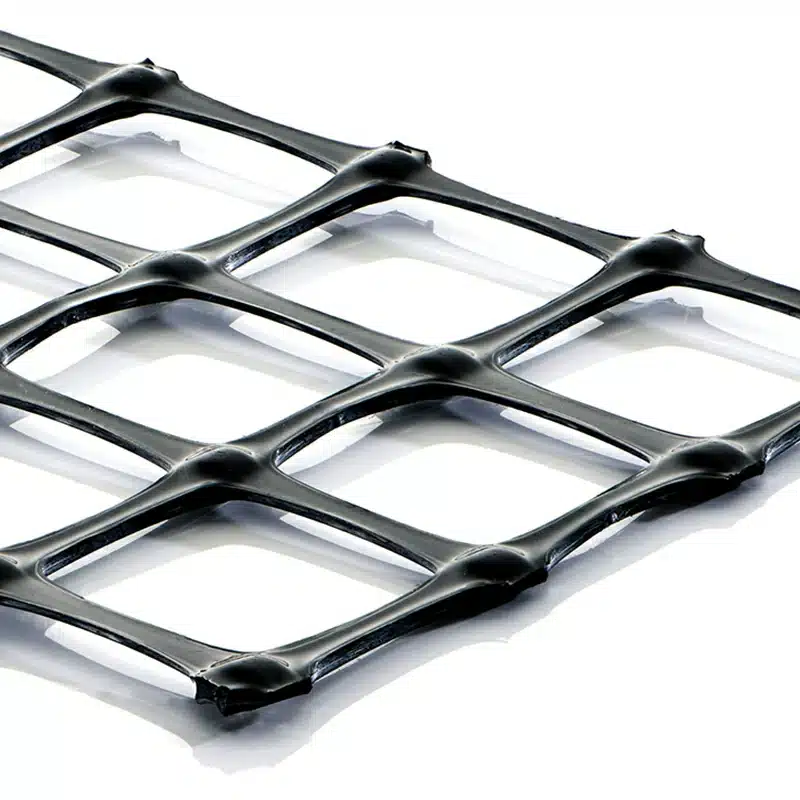
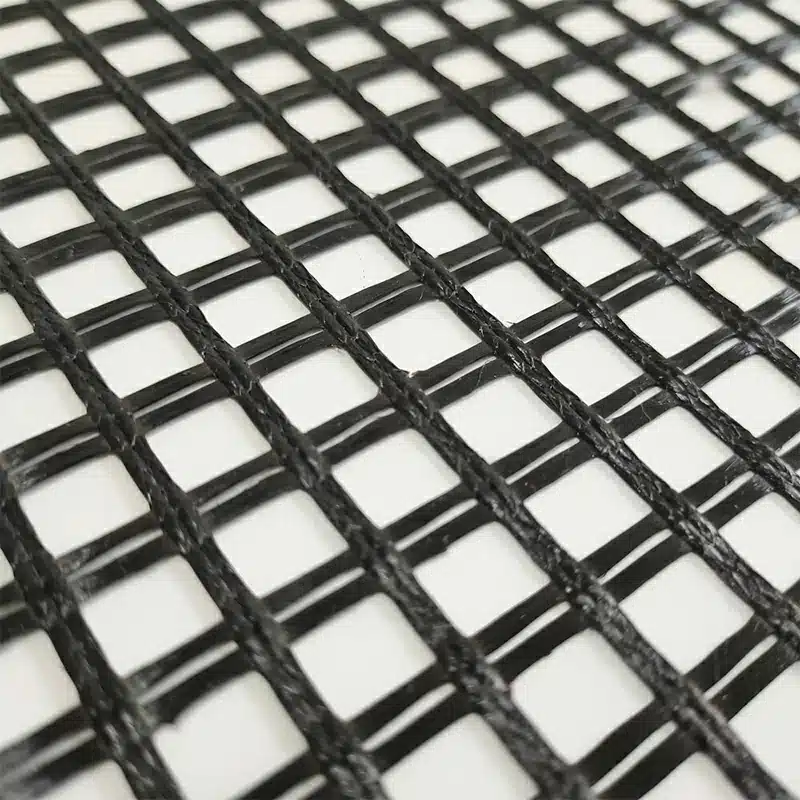
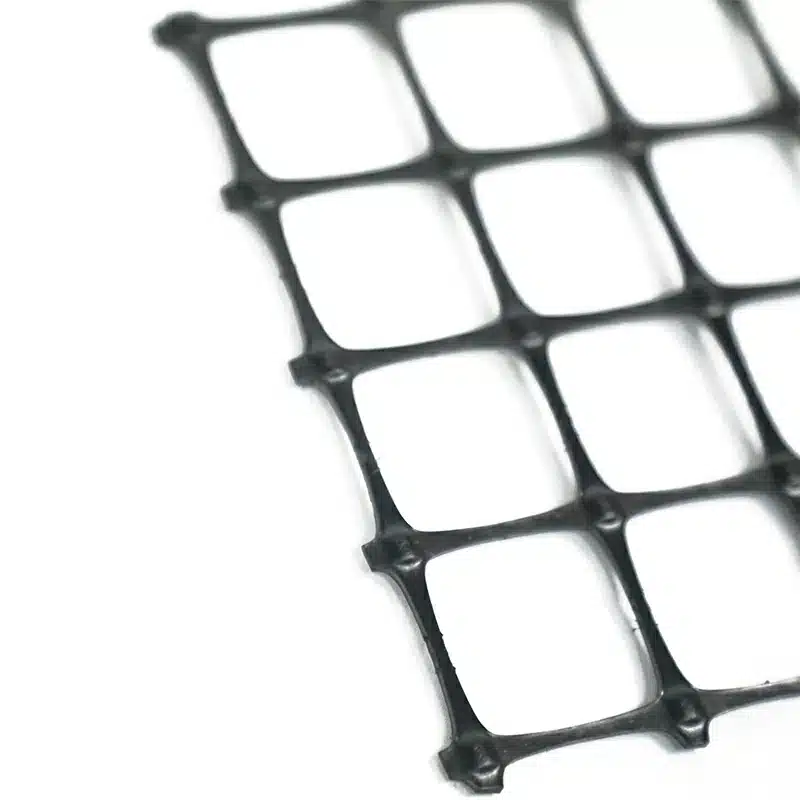
Get Free Sample
We’ll respond as soon as possible(within 12 hours)

